Black Tern, Zwarte Stern, Trauerseeschwalbe, Gaivina-preta, Fumarel Común
Spotted in the Alentejo region of Portugal. Black Tern sound
The Black Tern, Chlidonias niger, is a small tern generally found in or near inland water in Europe and North America. As its name suggests, it has predominantly dark plumage.
Bird Watching in the Alentejo region of Portugal

More photos at the bottom of this page:
Adult are 25 cm (9.75 in) long, with a wing span 6/1 cm (24 in), and weigh 62 g (2.2 oz). They have short dark legs and a short, weak-looking black bill, measuring 27–28 mm, nearly as long as the head. The bill is long, slender, and looks slightly decurved. They have a dark grey back, with a white forewing, black head, neck (occasionally suffused with gray in the adult) and belly, black or blackish-brown cap (which unites in color with the ear coverts, forming an almost complete hood), and a light brownish-grey, ‘square’ tail. The face is white. There is a big dark triangular patch in front of the eye, and a broadish white collar in juveniles. There are grayish-brown smudges on the ides of the white breast, a downwards extension of the plumage of the upperparts. These marks vary in size and are not conspicuous. In non-breeding plumage, most of the black, apart from the cap, is replaced by grey. The plumage of the upperparts is drab, with pale feather-edgings. The rump is brownish-gray.
The North American race, C. n. surinamensis, is distinguishable from the European form in all plumages, and is considered by some to be a separate species.
In flight, the build appears slim. The wing-beats are full and dynamic, and flight is often erratic as it dives to the surface for food; similar to other tern species.
Hybridisation between this species and White-winged Black Tern has been recorded from Sweden and the Netherlands. Two juvenile birds at Chew Valley Lake, England, in September 1978 and September 1981, were also believed to be hybrids; they showed mixed characters of the two species, specifically a combination of a dark mantle (a feature of White-winged Black) with dark patches on the breast-side (a feature of Black Tern, not shown by White-winted Black).
Their breeding habitat is freshwater marshes across most of Canada, the northern United States and much of Europe and western Asia. They usually nest either on floating material in a marsh or on the ground very close to water, laying 2-4 eggs.
North American Black terns migrate to the coasts of northern South America, some to the open ocean. Old World birds winter in Africa.
Unlike the “white” Sterna terns, these birds do not dive for fish, but forage on the wing picking up items at or near the water’s surface or catching insects in flight. They mainly eat insects and fish as well as amphibians.
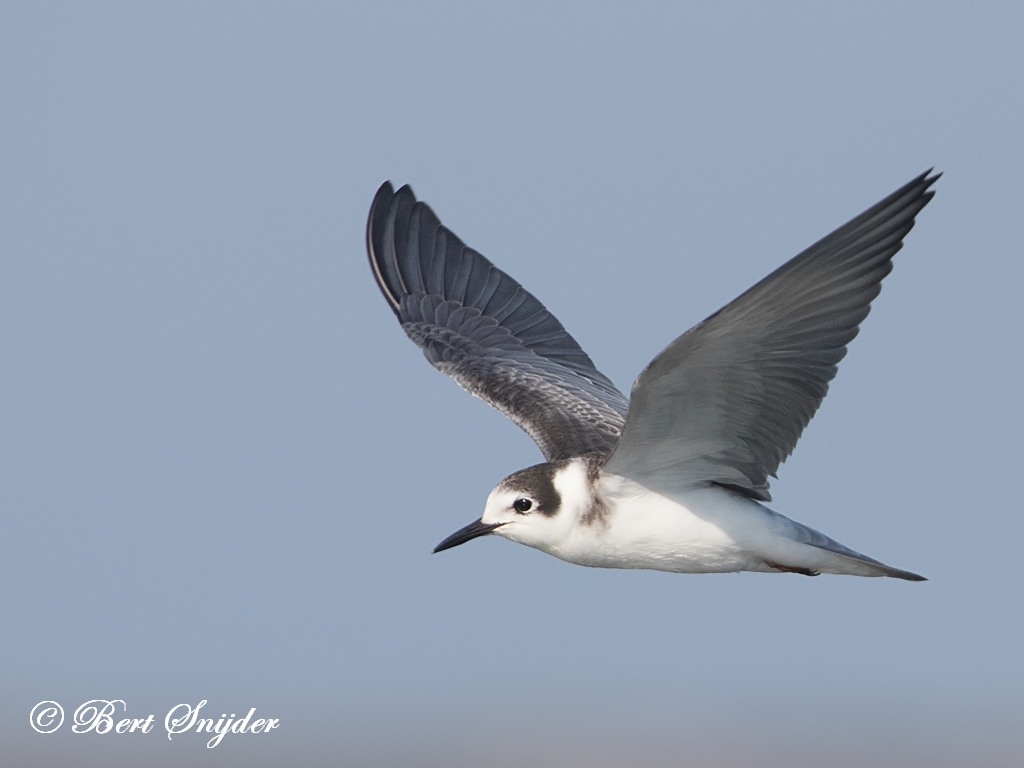
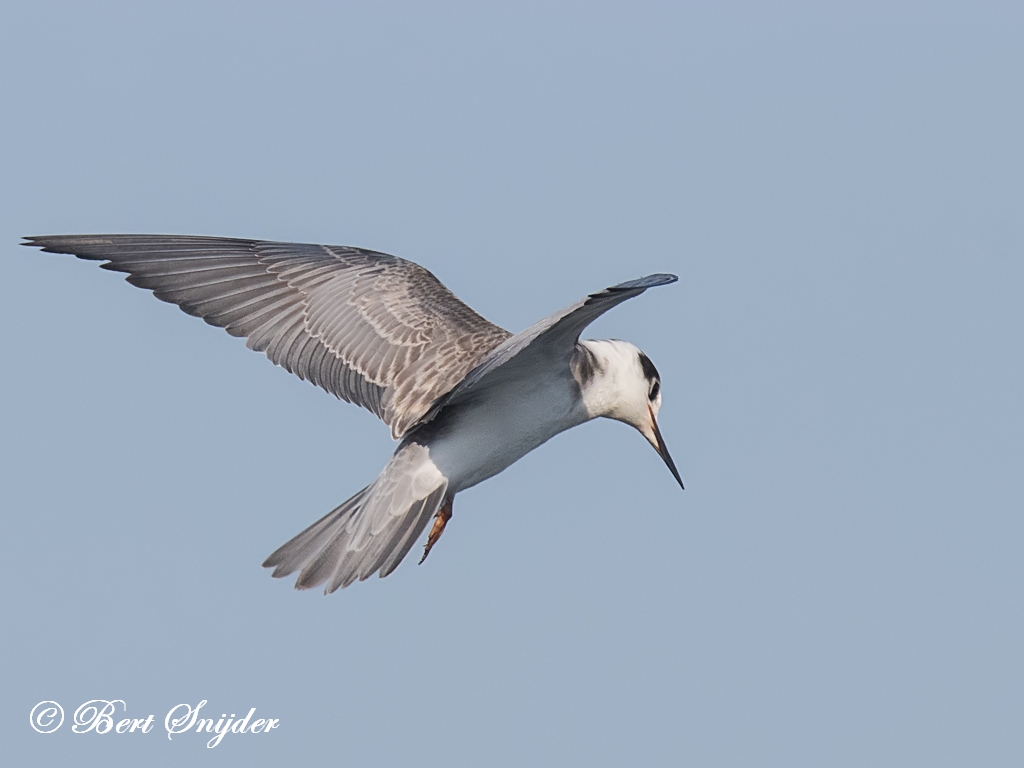

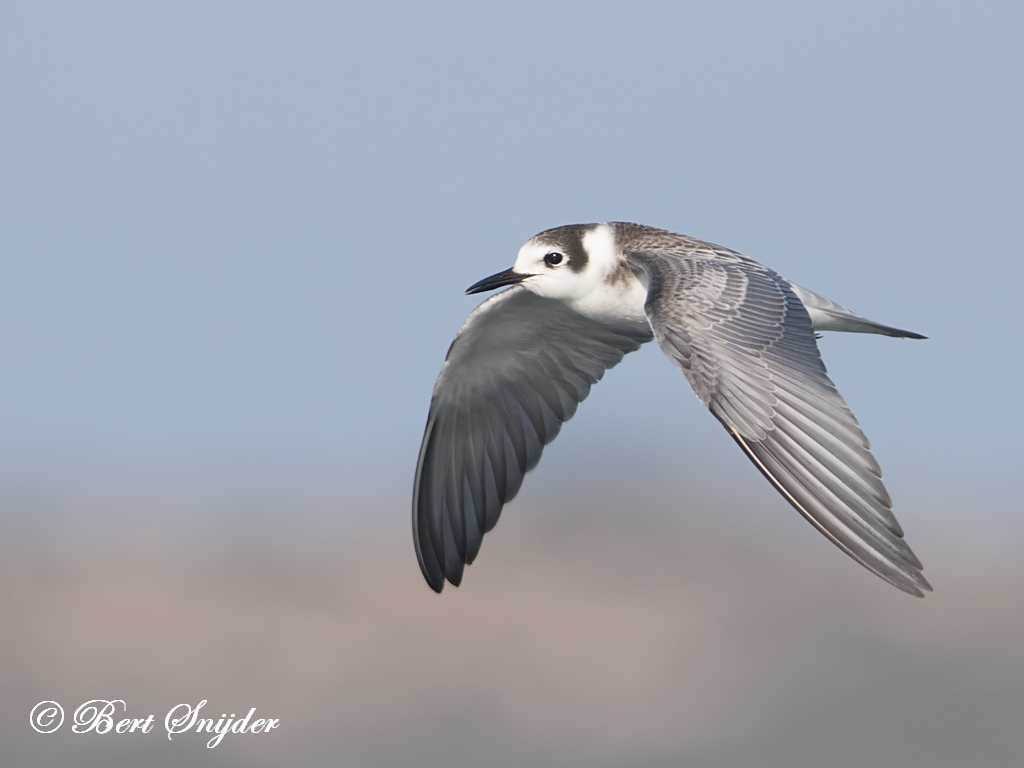
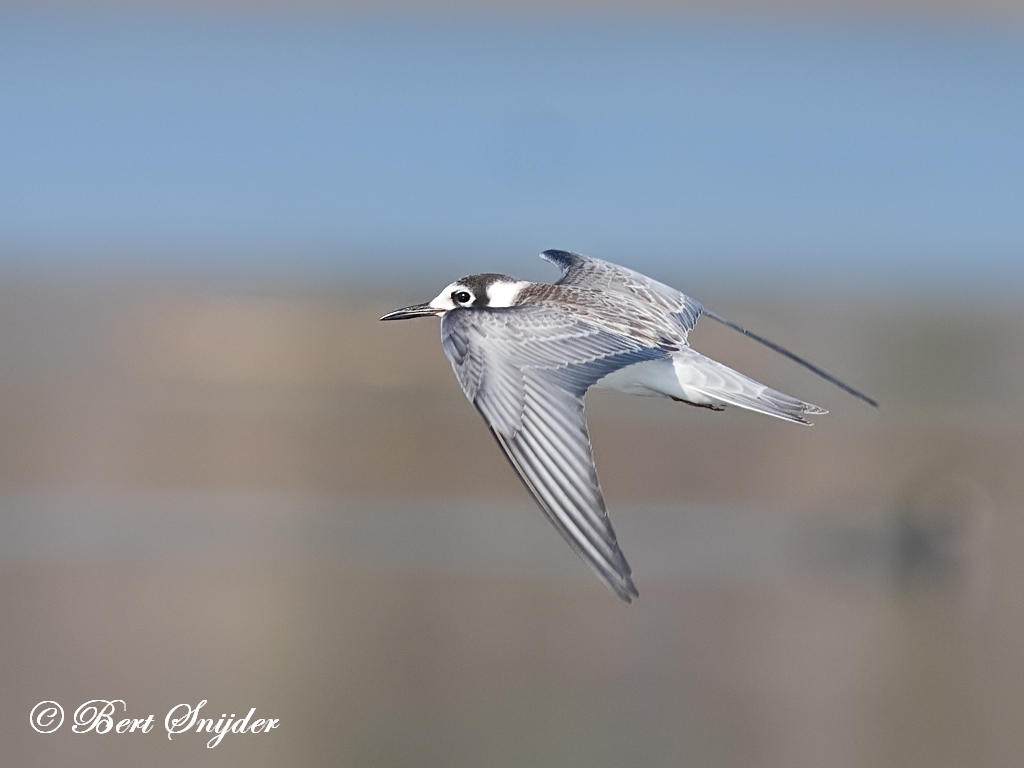


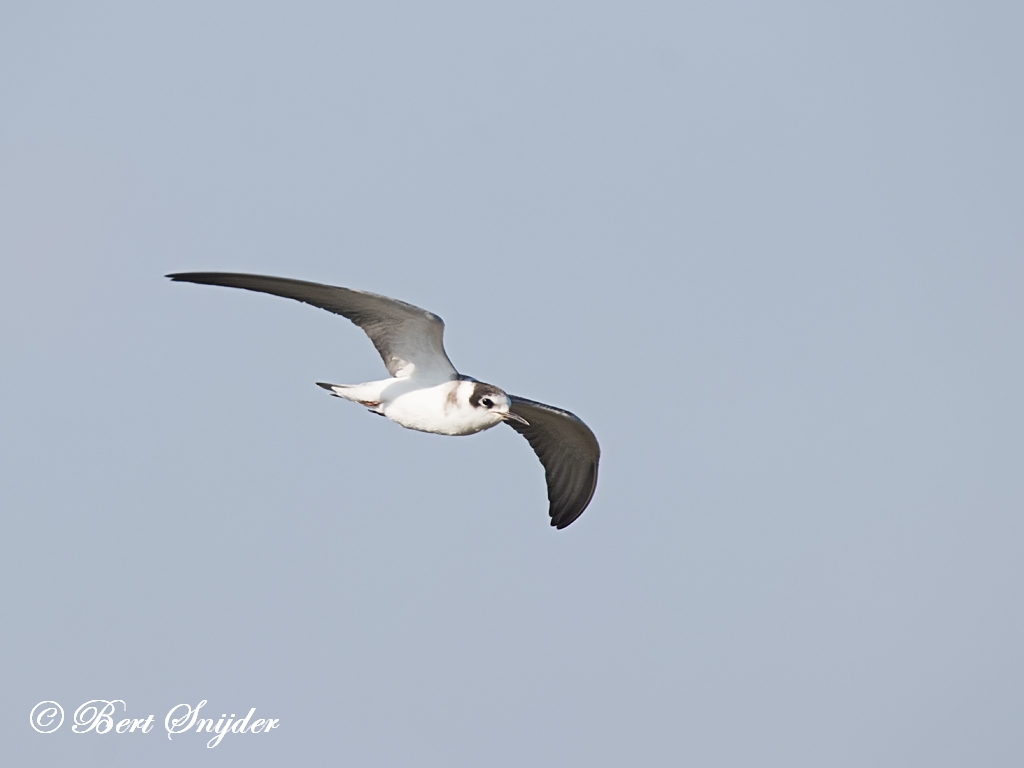
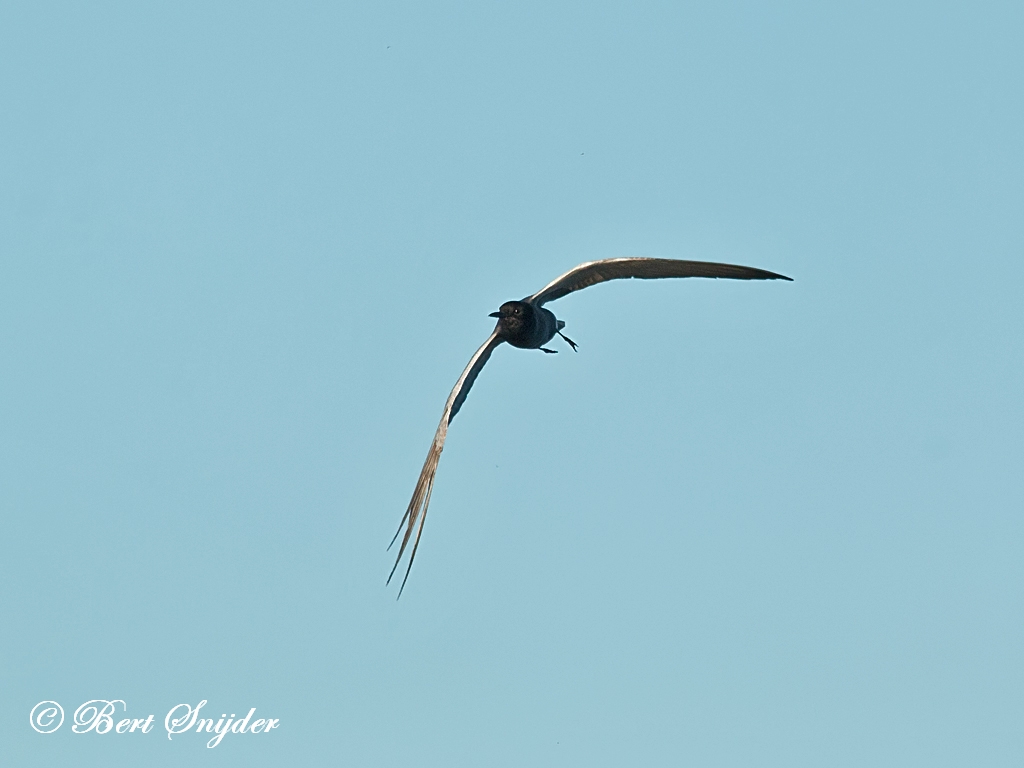
Other synonyms:
Afrikaans: Swartmeerswael , Swartsterretjie
Asturian: Garrochín Prietu, Garrochín Sarríu
Azerbaijani: Qara sterna
Breton: Ar stêrwennel du
Catalan: Fumarell, Fumarell negre
Catalan (Balears): Fumarell
Czech: Rybák cerný, rybák èerný
Welsh: Corswennol ddu, Morwennol ddu, Ysgraell ddu
Danish: Sortterne
German: Trauerseeschwalbe
English: Black Tern
Esperanto: nigra ^sterno, Nigra ?terno
Spanish: Charrán Negro, Charrancito Negro, Fumarel Cenizo, Fumarel Comun, Fumarel Común, Fumarel Negro, Gaviota Ceniza, Gaviota golondrina negra, Gaviota Negra, Gaviotica Prieta, Gaviotín negro, Golondrina-marina Negra
Spanish (Argentine): Gaviotín negro
Spanish (Chile): Gaviotín negro
Spanish (Colombia): Gaviotín Negro
Spanish (Costa Rica): Charrancito Negro
Spanish (Cuba): Gaviotica Prieta
Spanish (Dominican Rep.): Charrán Negro, Gaviota Negra
Spanish (Honduras): Gaviota golondrina negra
Spanish (Mexico): charrán negro, Golondrina-marina Negra
Spanish (Nicaragua): Fumarel Negro
Spanish (Uruguay): Gaviotín negro
Spanish (Venezuela): Gaviota Negra
Estonian: Mustviires
Basque: Fumarell negre , Itsas enara beltz, Itsas enara beltza
Finnish: Mustatiira
Faroese: Svartterna
French: Guifette noire, Sterne noire
Irish: Geabhróg Dhubh
Galician: Fumarell negre, Gaivina negra
Manx: Gant doo
Haitian Creole French: Mòv nwa
Croatian: Crna Cigra
Hungarian: Kormos szerko
Icelandic: Kolþerna, Koltþerna
Italian: Mignattino, Mignattino comune
Japanese: Hashi-guro kuro-hara ajisashi, hashigurokuroharaajisashi, Hashiguro-kurohara-ajisashi
Cornish: Morwennol dhu
Latin: Chlidonias niger, Chlidonias nigra, Hydrochelidon nigra
Lithuanian: Juodoji žuvedra
Dutch: Zwarte Stern
Norwegian: Svartterne
Polish: Rybitwa bialoczelna, rybitwa czarna
Portuguese: gaivina preta, Gaivina-preta, trinta-réis-negro
Portuguese (Brazil): Trinta-réis-negro
Romansh: Pestgarel nair
Russian: Chyornaya Krachka
Sardinian: Caixedda
Albanian: Dallëndyshe deti zezë
Serbian: crna cigra
Swedish: Svarttärna
Turkish: Kara sumru
Travel Birdwatching Holiday Alentejo, Vacation Portugal for birders to see birds on your trip.